 Marlborough airline Sounds Air could pick up the slack after the national carrier announced it was ending flights between Blenheim and Christchurch.
Marlborough airline Sounds Air could pick up the slack after the national carrier announced it was ending flights between Blenheim and Christchurch.
Air New Zealand announced on Monday it was pulling out of its Blenheim-Christchurch and Auckland-Whanganui routes because of a lack of demand.
Sounds Air managing director Andrew Crawford said the privately-owned airline was exploring taking up the Blenheim-Christchurch route, which he said would operate at least twice daily.
The airline, which had a fleet of Cessna Caravans and Pilatus PC12s, had taken over other regional routes abandoned by Air New Zealand, including those between Westport and Taupo to Wellington.
Marlborough Mayor Alistair Sowman said he was disappointed and frustrated by the national carrier's decision.
"Now that Air New Zealand has left this vacuum I would anticipate our successful local operator Sounds Air might see the opportunity here so let's wait and see what happens," he said.
An Air New Zealand spokesperson said when the direct service ended on July 31, the quickest flight time via Wellington would be 90 minutes and the cheapest fare would remain the same at $59.
The reason the airline pulled the routes was because of a lack of demand, however it had been criticised for not waiting longer to see if demand would pick up on its larger planes.
The Blenheim-Christchurch route had been serviced by Beechcraft 1900D aircraft, however these were replaced by 50-seater Bombardier Q300s in early May.
Marlborough Airport chief executive Dean Heiford said he was disappointed the carrier had made the announcement so soon after switching to the larger planes.
"I'm disappointed they didn't give us a bit more of a chance to build capacity, but I understand it's an economic decision," he said.
The spokeswoman said the 50-seat services had been available to book for more than a year and the airline had dropped lead-in fare prices by 40 per cent to reflect the increased capacity.
But there had only been an increase of around two to three people per day, she said.
"Forward bookings on this route are not strong enough to sustain a viable service."
Staff at PC Media, in Blenheim, used the service at least once a week for business.
Technical director Lee Harper said the airline had not waited long enough to see if demand would pick up.
"It was three weeks in the middle of winter with barely any promotion," he said.
The times for business people travelling from Blenheim were good, but hardly anyone used the 6.10am departure time from Christchurch, he said.
It would be too difficult to get from Blenheim to Christchurch via Wellington by 9am, so Harper said staff would have to drive and stay overnight in the city.
Marlborough Tour Company managing director Chris Godsiff said the flight schedule had contributed to the lack of demand which caused the service to close.
"The flights that Air New Zealand put on weren't particularly user-friendly, they were pretty cranky times," he said.
International visitors coming to Blenheim might be put off by having to get two flights, he said.
"It's got to be a deterrent, because the last thing you want to do when you get to New Zealand is get another two flights, one is bad enough."
Sowman said the timing of the announcement was frustrating because the top of the South was expecting more Chinese visitors.
Destination Marlborough general manager Tracy Johnston said the news was disappointing but around 80 per cent of international visitors arrived in New Zealand through Auckland Airport.
Blenheim had good connectivity with Auckland, so she did not think cutting the Blenheim-Christchurch link would impact the number of overseas tourists coming to Marlborough.
- The Marlborough Express
OLIVER LEWIS
Last updated 17:21, May 31 2016
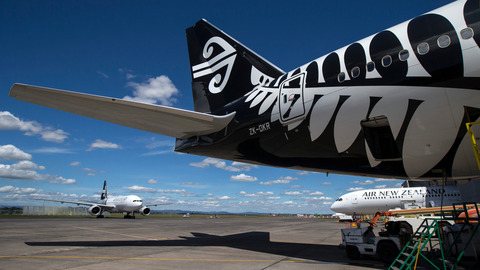 Air New Zealand has completed its first direct flight to Vietnam.
Air New Zealand has completed its first direct flight to Vietnam.

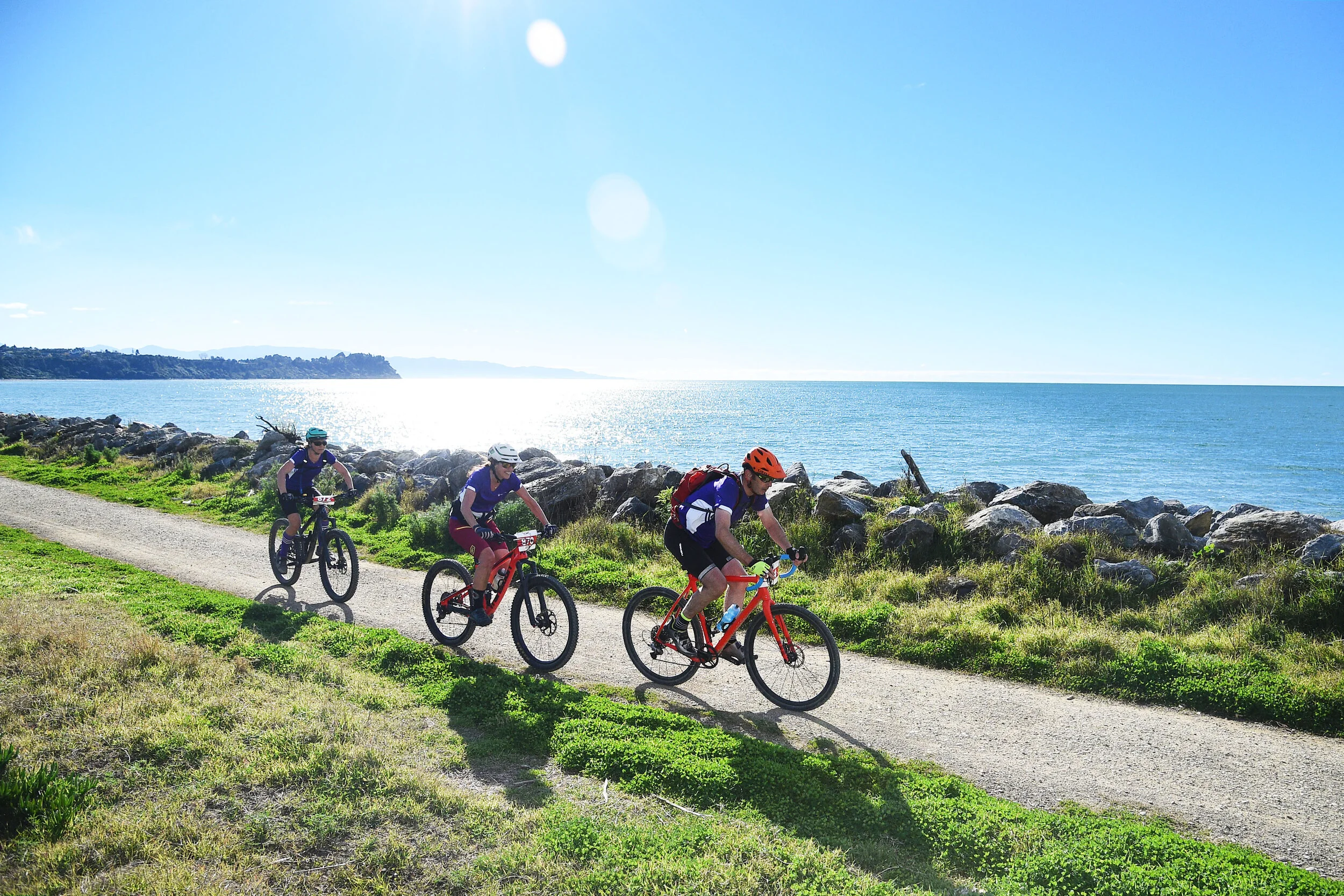



 Air New Zealand has announced it will operate up to 10 new weekly flights between Auckland and Tauranga by the end of the year. The airline is also reinstating the 6.05 am service from Tauranga to Christchurch.
Air New Zealand has announced it will operate up to 10 new weekly flights between Auckland and Tauranga by the end of the year. The airline is also reinstating the 6.05 am service from Tauranga to Christchurch.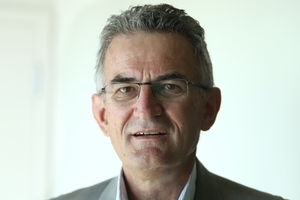
 Marlborough airline Sounds Air could pick up the slack after the national carrier announced it was ending flights between Blenheim and Christchurch.
Marlborough airline Sounds Air could pick up the slack after the national carrier announced it was ending flights between Blenheim and Christchurch.

 Acclaimed New Zealand composer Gareth Farr arrived at Nelson airport yesterday to lend a hand to the Nelson School of Music's all-night fundraiser, Sleeping with the Steinway.
Acclaimed New Zealand composer Gareth Farr arrived at Nelson airport yesterday to lend a hand to the Nelson School of Music's all-night fundraiser, Sleeping with the Steinway.


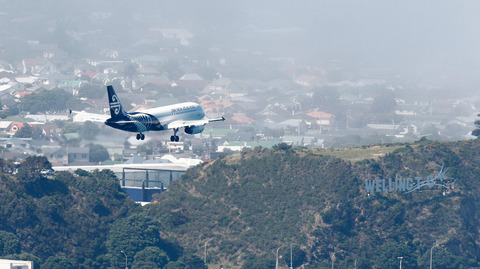 Wellington International Airport, which is 66 per cent owned by investment group Infratil, posted a 29 per cent gain in full-year profit as growth in international passenger volumes drove revenue.
Wellington International Airport, which is 66 per cent owned by investment group Infratil, posted a 29 per cent gain in full-year profit as growth in international passenger volumes drove revenue. Hong Kong Airlines is promising a fare shakeup on the popular route connecting the Chinese city to Auckland and slashed business class fares.
Hong Kong Airlines is promising a fare shakeup on the popular route connecting the Chinese city to Auckland and slashed business class fares. Capacity on Air New Zealand flights between Nelson and Auckland is tipped to increase by 8 per cent in the 12 months from October.
Capacity on Air New Zealand flights between Nelson and Auckland is tipped to increase by 8 per cent in the 12 months from October.

 The world's airlines have ambitious plans to double the fleet of commercial jets during the next two decades. The trouble: there won't be enough controllers to help those 44,000 planes take off and land safely.
The world's airlines have ambitious plans to double the fleet of commercial jets during the next two decades. The trouble: there won't be enough controllers to help those 44,000 planes take off and land safely. Aviation stands to save $2 billion over the next 20 years by replacing ageing air traffic management systems with modern technology, says New Southern Sky director Steve Smyth.
Aviation stands to save $2 billion over the next 20 years by replacing ageing air traffic management systems with modern technology, says New Southern Sky director Steve Smyth.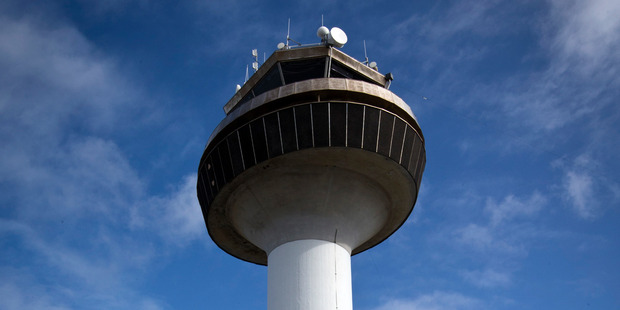
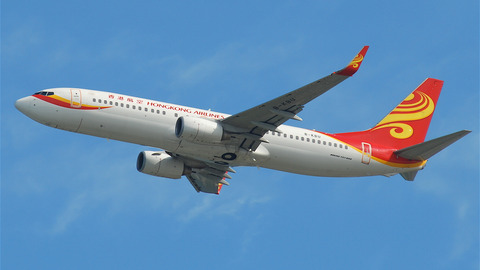 Hong Kong Airlines will start daily services to Auckland in November, the latest in a growing number of carriers to serve New Zealand.
Hong Kong Airlines will start daily services to Auckland in November, the latest in a growing number of carriers to serve New Zealand. Airways is dealing with an unprecedented surge in demand as travel booms and it hosts a major conference.
Airways is dealing with an unprecedented surge in demand as travel booms and it hosts a major conference.




 Air New Zealand says its 2017 earnings won't match the $800 million it has forecast for 2016 as the airline faces increased competition and gets less benefit from foreign exchange hedging.
Air New Zealand says its 2017 earnings won't match the $800 million it has forecast for 2016 as the airline faces increased competition and gets less benefit from foreign exchange hedging.